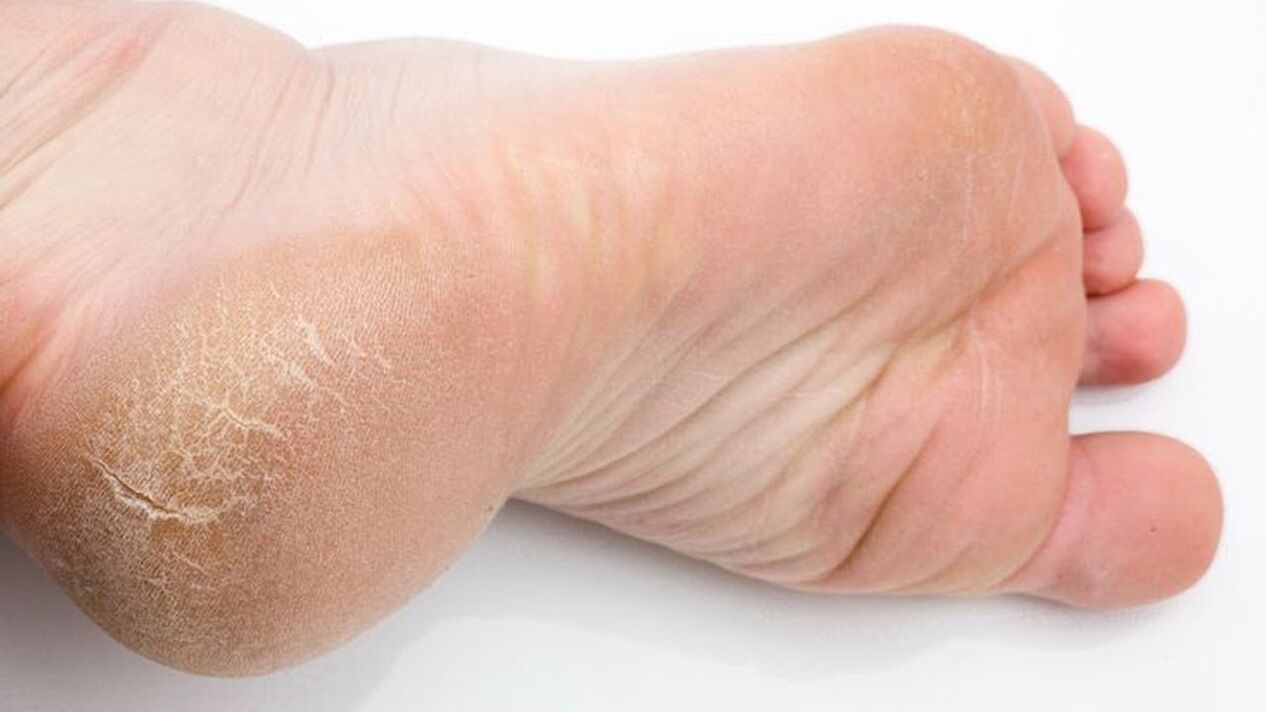In many people, nails and skin are affected by fungi, which do not look very nice. It is important to understand that this is not just an aesthetic, but primarily a medical problem.

In some cases, fungal skin lesions can be a precursor to serious diseases, such as diabetes. Do not start the disease, because the healing process takes an average of a year or more.
How can you get fungus on your skin and nails?
More than 40 species of various parasitic fungi (dermatophytes) are known to affect the skin and nails. The most common are the genera Trichophyton, Microsporum and Epidermophyton. For growth and reproduction, they use a special substrate - keratin, which consists of the upper layer of skin (epidermis), hair and nails. Penetrating into the epidermis or nail plate, the fungus is fixed there, begins to grow and multiply.
You can get infected from a sick person, through objects (towels, wooden shelves in the bathroom, saunas, rugs, benches in public pools, manicure / pedicure tools) and contact with the ground if you like to walk barefoot in nature.
Risk groups
The most common types of fungal diseases include mycosis of the skin of the feet and onychomycosis of the nail plates. From the moment of infection to the appearance of the first clinical symptoms, it takes from a few weeks to several months.
Men suffer from fungal diseases more often than others. Among women, those who constantly wear pointed shoes, especially high heels, are more likely to get the disease. In this case, the toes are constantly flattened, which leads to friction, small wounds, scratches, which are the gateway to infection.
You can also "catch" the fungus in an ordinary beauty salon during the pedicure procedure if the master used improperly processed tools. To remove spores and fungal fragments from metal surfaces of pliers, scissors and tweezers, tools must be sterilized in a dry heating chamber. Not all salons have such equipment, so they are limited to "soaking" in a disinfectant solution and "drying" in ultraviolet boxes. This treatment does not completely protect against infection.
Frequent occurrence of fungal infections can signal the development of diabetes. According to statistics, diabetics are three times more susceptible to mycosis. The fungus can also occur with allergic skin lesions (itching, inflammation, crying), combing insect bites, along with taking antibacterial drugs, corticosteroid hormones, antidepressants.
Athletic foot symptoms
- Dry skin, cracks, peeling in the interdigital folds.
- Itching.
- Hyperkeratosis (thickening of the skin of the feet).
- Enlargement of lesions.
- In some cases, the fungal infection is accompanied by staphylococcal infection, which is quite difficult to cure.
Symptoms of onychomycosis (nail fungus)
Among all nail diseases, onychomycosis accounts for as much as 40%. Dermatophytes make up 90% of all fungal nail infections. The most common causes of the disease are fungi of the genus Trichophyton.
The appearance of the fungus in this case may be preceded by nail injury or constant softening of the nail plate due to high humidity. This is possible, for example, when you wear the same pair of shoes / sneakers every day.
As the infection progresses, the color of the nail changes - part of the nail becomes yellow, grayish or whitish. Over time, the stain grows and the nail itself thickens - the development of subungual hyperkeratosis occurs.
Diagnosis of fungal diseases
Special tests for fungal infections are used to diagnose fungal infections and onychomycosis. Biomaterial (hair fragments, nail plates, skin particles) is analyzed under a microscope. If an infection has occurred and mycelial threads (the body of the fungus) are visible, the diagnosis is confirmed.
If microscopic examinations give an ambiguous answer, then a bacteriological examination is performed - sowing the material on the fungus. The test allows not only to identify the infection, but also to determine the sensitivity to antifungal drugs, which is necessary for the selection of effective treatments.
How to protect yourself from fungus
- Dry your feet after bathing or showering, especially between the toes.
- If you wear closed shoes, change socks / stockings daily.
- Change your shoes every two or three days, don't wear the same pair every day.
- Do not walk barefoot in public places (swimming pool, bathroom, sauna, fitness club).
- If someone in your family has a fungal disease, provide them with a special set of towels and bedding. Wash them separately at the highest temperature.
- If you have fungus on the same foot or nails, use two different manicure / pedicure sets to avoid spreading the infection to healthy areas.
- If you have diabetes, control your blood sugar. "High sugar" reduces the rate of wound healing on the skin ("diabetic foot"), which facilitates access to fungal infections.
Be healthy!
















